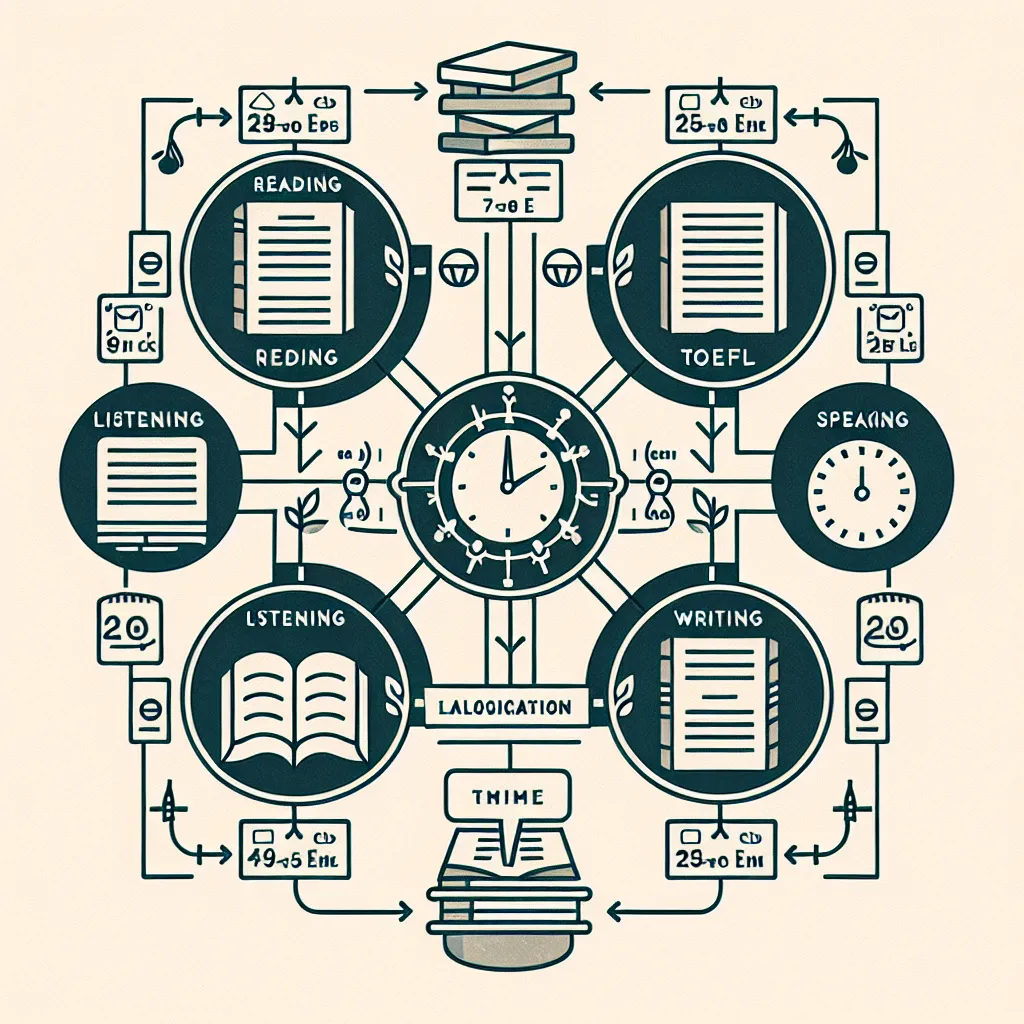The TOEFL iBT Reading section is a crucial component of the test that assesses your ability to understand academic texts. However, many test-takers make common mistakes that can significantly impact their scores. In this comprehensive guide, we’ll explore the most frequent errors in TOEFL iBT Reading and provide valuable tips to help you avoid them.
 TOEFL iBT Reading Mistakes
TOEFL iBT Reading Mistakes
Understanding the TOEFL iBT Reading Section
Before diving into the common mistakes, it’s essential to understand the structure of the TOEFL iBT Reading section. This part of the test typically consists of 3-4 passages, each followed by 10 questions. You’ll have 54-72 minutes to complete the entire section, depending on the number of passages.
Types of Questions in TOEFL iBT Reading
The Reading section includes various question types:
- Factual Information
- Negative Factual Information
- Inference
- Rhetorical Purpose
- Vocabulary
- Reference
- Sentence Simplification
- Insert Text
- Prose Summary
- Fill in a Table
Now, let’s explore the most common mistakes test-takers make in this section.
1. Mismanaging Time
One of the most critical errors in TOEFL iBT Reading is poor time management. Many students spend too much time on difficult questions or passages, leaving insufficient time for the remaining tasks.
How to Avoid This Mistake:
- Practice with timed mock tests to improve your pacing.
- Allocate about 20 minutes per passage and associated questions.
- If you’re struggling with a question, mark it and move on. Return to it if you have time at the end.
2. Overlooking Key Information in the Passage
Test-takers often miss crucial details in the text, leading to incorrect answers.
How to Avoid This Mistake:
- Read actively, underlining or highlighting key points.
- Pay attention to topic sentences, concluding sentences, and transitional phrases.
- Practice skimming and scanning techniques to quickly locate relevant information.
3. Misinterpreting Questions
Misunderstanding what the question is asking is a common pitfall that can lead to incorrect answers, even if you’ve comprehended the passage correctly.
How to Avoid This Mistake:
- Read each question carefully, focusing on keywords and phrases.
- Look for qualifiers like “except,” “not,” or “all of the following.”
- Be aware of question types that require inference or understanding of the author’s purpose.
4. Relying Too Heavily on Prior Knowledge
Some test-takers make the mistake of answering based on their existing knowledge rather than the information provided in the passage.
How to Avoid This Mistake:
- Always base your answers on the content of the passage, not external information.
- If your prior knowledge conflicts with the passage, trust the passage for the purpose of the test.
5. Failing to Use Context Clues for Vocabulary Questions
Vocabulary questions can be tricky, especially when encountering unfamiliar words. Many students guess without using context clues effectively.
How to Avoid This Mistake:
- Look for synonyms or explanations within the passage.
- Consider the word’s part of speech and how it functions in the sentence.
- Analyze the surrounding sentences for additional context.
6. Struggling with Inference Questions
Inference questions require you to understand implied information, which many test-takers find challenging.
How to Avoid This Mistake:
- Practice identifying the main idea and supporting details in passages.
- Look for patterns and relationships between ideas in the text.
- Consider the author’s tone and purpose when making inferences.
7. Neglecting to Review Answers
In the rush to complete the section, many test-takers forget to review their answers, missing opportunities to catch careless errors.
How to Avoid This Mistake:
- If time allows, quickly review your answers, especially for questions you were unsure about.
- Double-check that you’ve answered all questions, as unanswered questions will be marked incorrect.
8. Falling for Distractors in Multiple Choice Questions
TOEFL iBT Reading often includes tempting but incorrect answer choices designed to mislead test-takers.
How to Avoid This Mistake:
- Eliminate obviously incorrect answers first.
- Be cautious of answers that use exact wording from the passage but are out of context.
- Look for answers that best summarize or paraphrase the relevant information from the text.
9. Ignoring Transition Words and Phrases
Transition words and phrases provide crucial information about the relationships between ideas in the passage. Overlooking these can lead to misunderstandings.
How to Avoid This Mistake:
- Pay close attention to words like “however,” “nevertheless,” “in contrast,” and “furthermore.”
- Use these transitions to understand the flow and structure of the argument or explanation.
10. Not Practicing with Authentic Materials
Using non-official or outdated practice materials can leave you unprepared for the actual test format and question types.
How to Avoid This Mistake:
- Use official TOEFL iBT practice materials from ETS (Educational Testing Service).
- Supplement with reputable third-party resources that closely mimic the real test format.
By being aware of these common mistakes and following the tips to avoid them, you can significantly improve your performance in the TOEFL iBT Reading section. Remember, consistent practice with authentic materials and timed conditions is key to success.
Next Steps for TOEFL iBT Reading Preparation
To further enhance your TOEFL iBT Reading skills:
- Take full-length practice tests under timed conditions to build stamina and improve time management.
- Analyze your mistakes after each practice session to identify patterns and areas for improvement.
- Read academic texts regularly to familiarize yourself with the type of content you’ll encounter on the test.
- Join study groups or online forums to discuss strategies and share tips with other test-takers.
Remember, mastering the TOEFL iBT Reading section takes time and dedication. By avoiding these common mistakes and consistently applying effective strategies, you’ll be well on your way to achieving your desired score. Good luck with your TOEFL iBT preparation!




